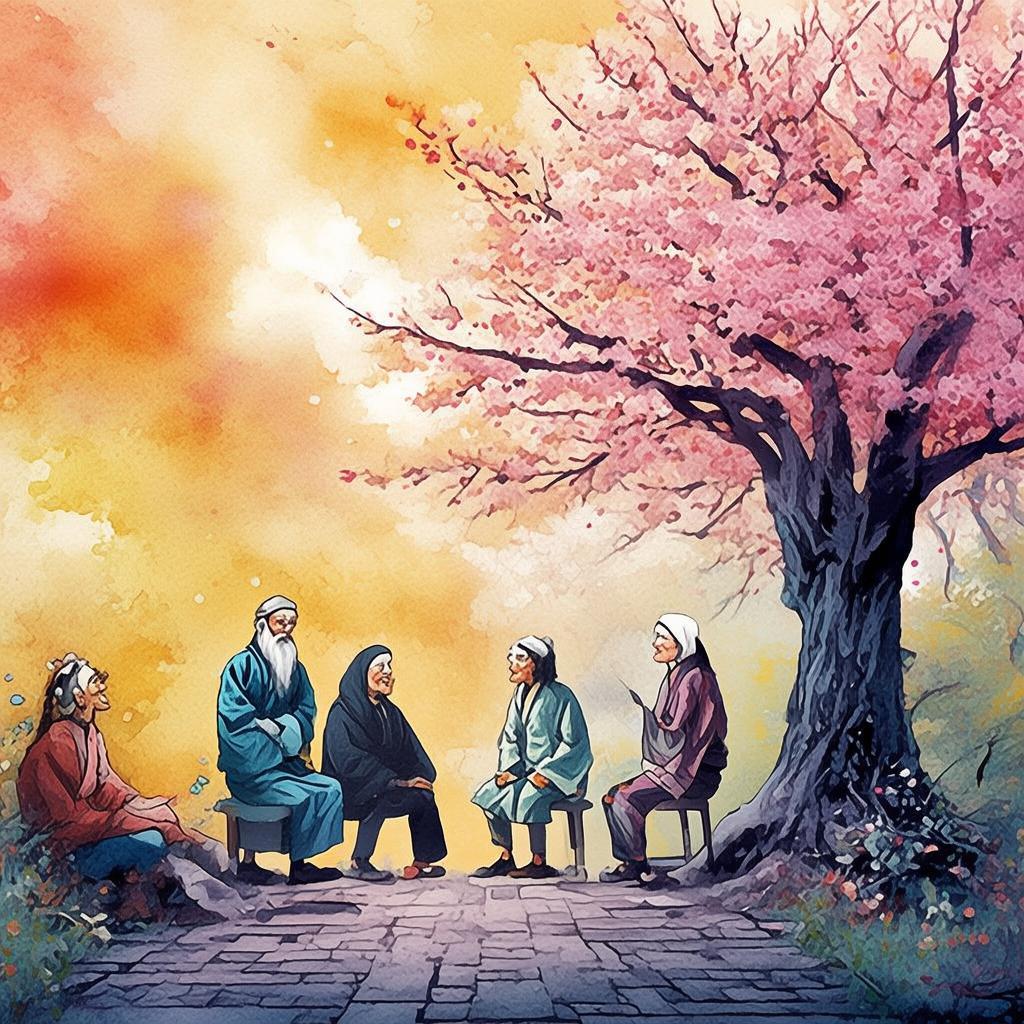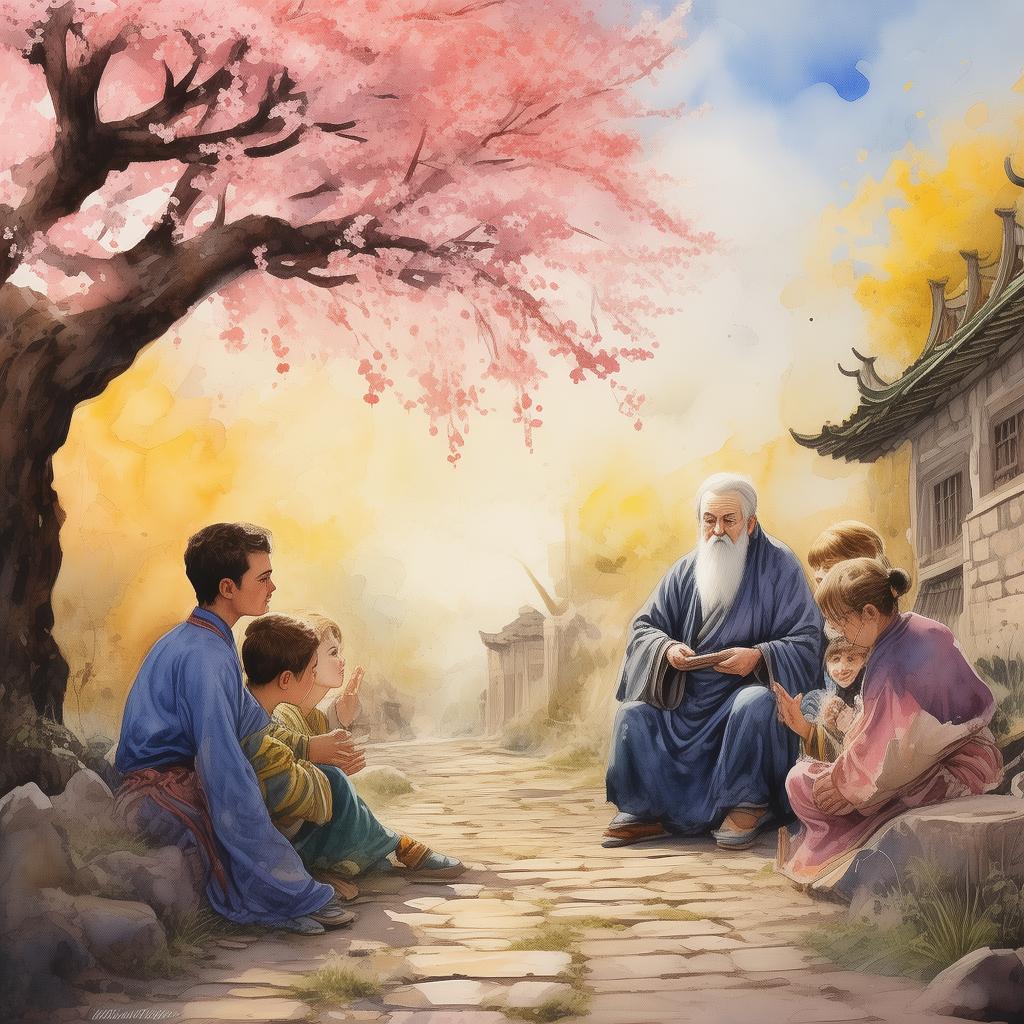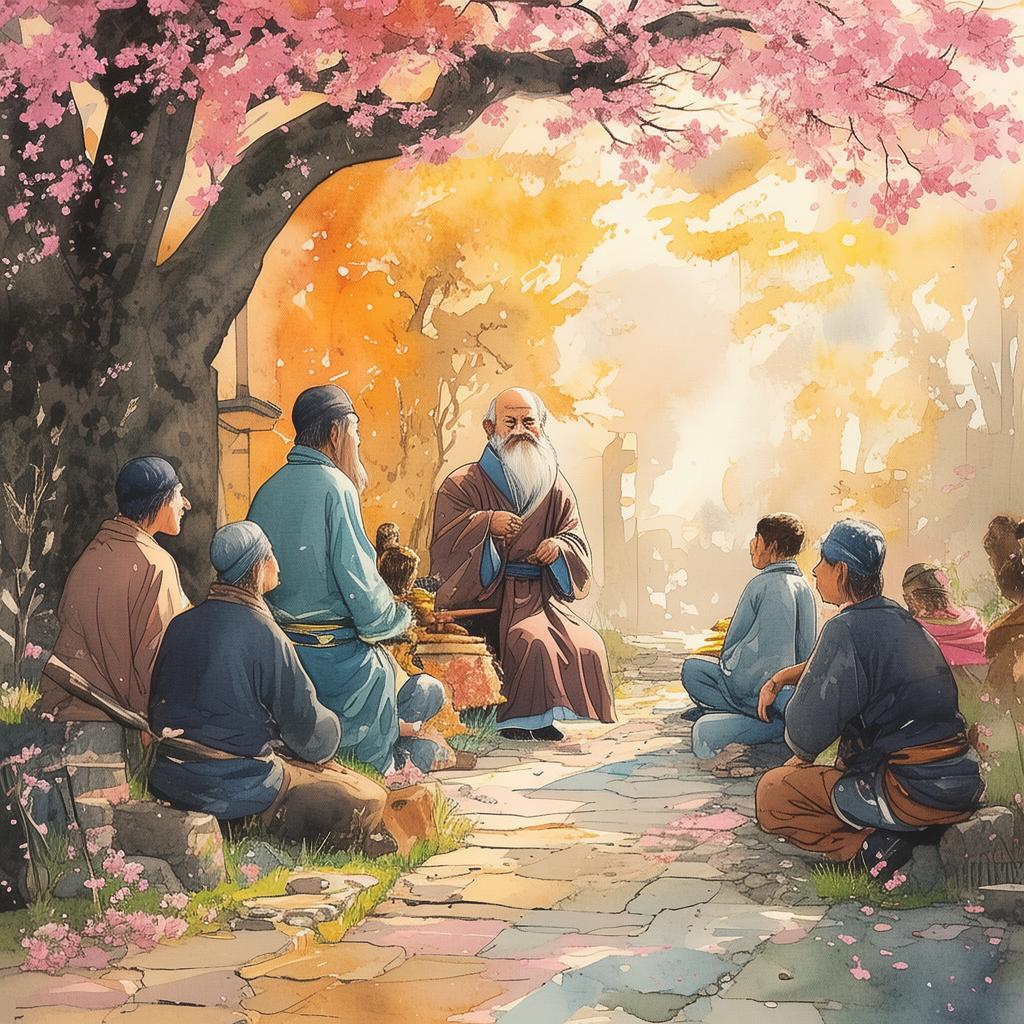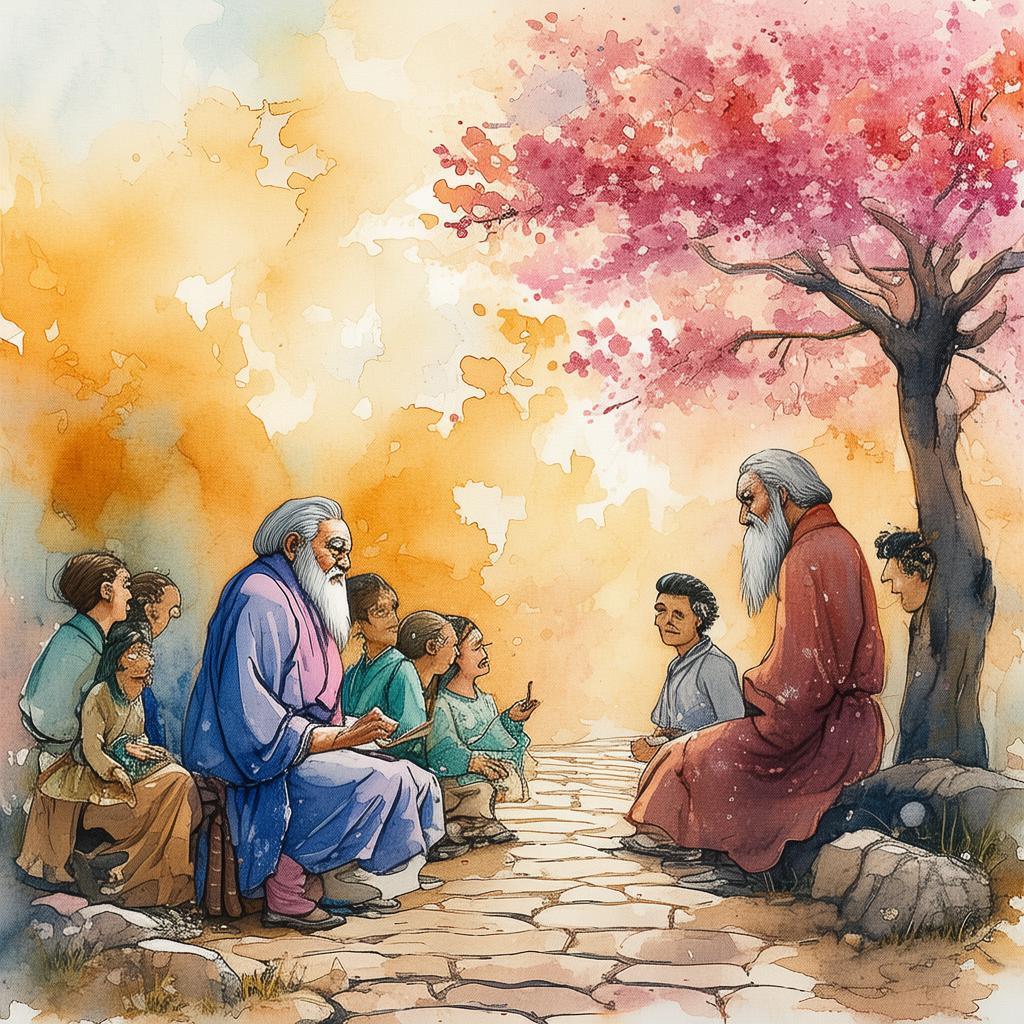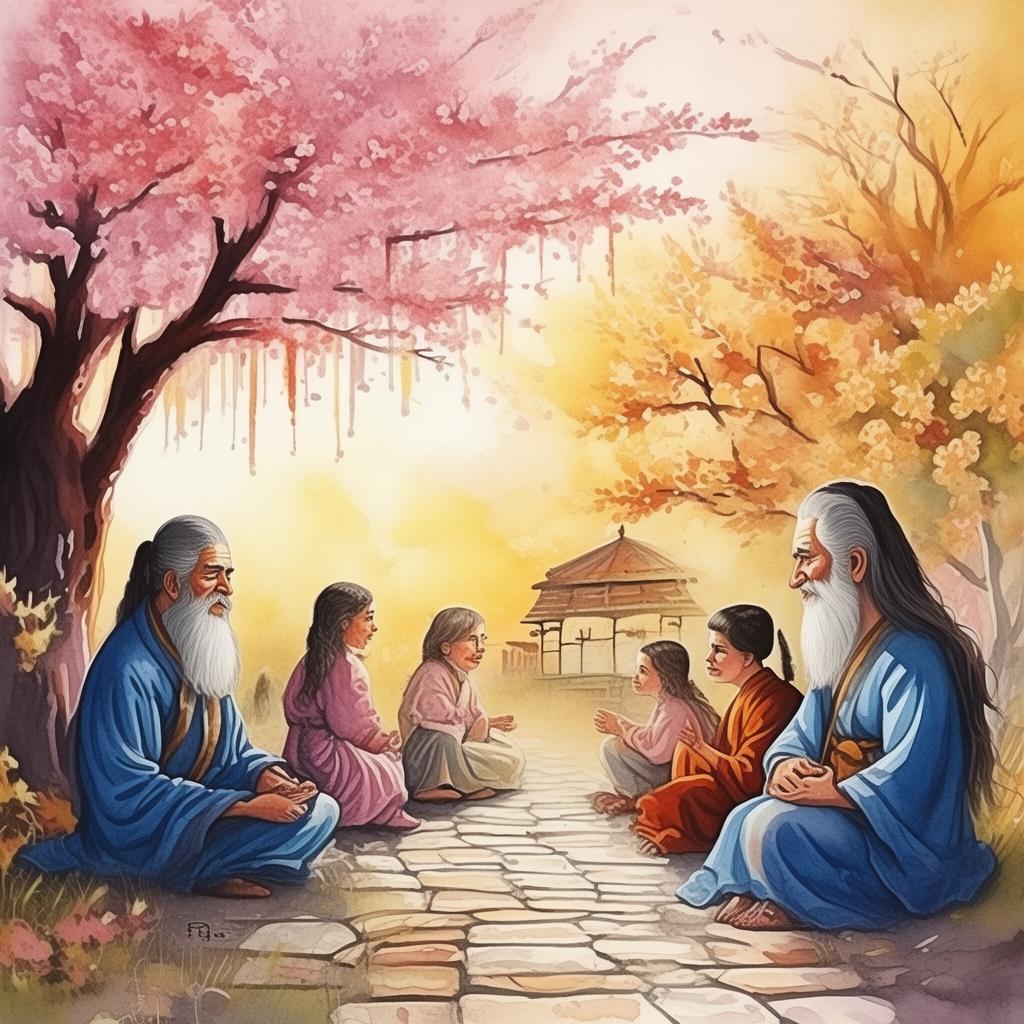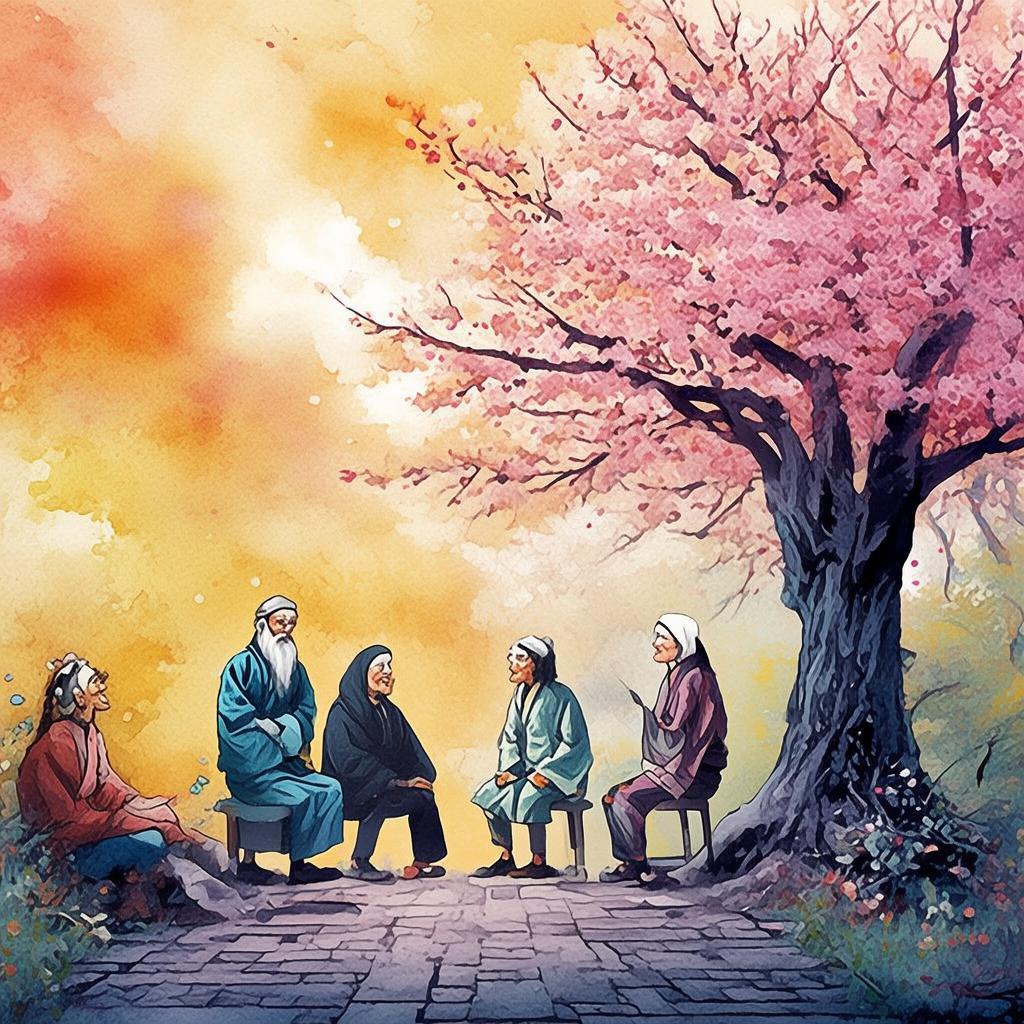Embroidered with Deceit: The Silk Road's Hidden Plot
In the epoch of policy and trade, the Emperor of the Far East, known for his vast wealth and insatiable desire for power, embarked on a journey along the Silk Road. The Silk Road, a vast network of trade routes connecting the East and the West, was the lifeline of the empire, carrying spices, silks, and precious stones. The emperor, driven by the promise of untold riches, set forth with a grandiose vision of expanding his empire's reach and influence.
The journey began amidst the bustling markets of Chang'an, where merchants from far and wide gathered to barter and exchange goods. The emperor, adorned in regal attire, was greeted with awe and reverence by the locals. He was accompanied by his trusted advisor, Minister Wei, who was tasked with navigating the complexities of the Silk Road's politics and trade.
As they ventured deeper into the desert, the landscape transformed into a vast expanse of sand and rock. The emperor, who had never ventured beyond the confines of his palace, was astounded by the grandeur of the desert's beauty. However, the allure of the Silk Road was not solely in its natural wonders but in the wealth it promised.
Minister Wei, a seasoned diplomat and strategist, knew the risks that lay ahead. "Your Majesty," he said, his voice tinged with caution, "the Silk Road is a place where the true value of a person is measured by their cunning and guile. The merchants we meet may be our allies, our enemies, or both."
The emperor, undeterred, replied, "We shall navigate these waters with wisdom and courage. The wealth of the Silk Road will be ours to claim."
Their first stop was the city of Samarkand, a bustling metropolis known for its exquisite craftsmanship. The emperor, eager to see the wonders of the city, was led through the streets by a local merchant named Haji. Haji, a man of many faces and few scruples, was said to have the ear of the most powerful figures in the region.
As they walked through the market, the emperor's eyes were drawn to a tapestry of remarkable beauty. It was said to be woven with silk from the farthest reaches of the empire, and it depicted the journey of the Silk Road itself. The emperor, enchanted by the tapestry, offered to purchase it on the spot.
Haji, sensing the emperor's interest, began to speak in hushed tones, "Your Majesty, this tapestry is not just a piece of cloth; it is a symbol of the power and wealth of your empire. Its beauty is unmatched, and its value is beyond measure."
The emperor, intrigued, agreed to the purchase. However, as the tapestry was brought to him, he noticed a peculiar embroidery, a hidden message that seemed to suggest that the wealth of the Silk Road was not as it appeared.
Determined to uncover the truth, the emperor sought out Haji once more. "Haji, I have seen the embroidery on the tapestry. It speaks of deceit and hidden truths. What do you know of this?"
Haji, taken aback, hesitated before replying, "Your Majesty, the Silk Road is a place where many secrets are kept. The tapestry you possess may be a warning, a sign that not all that glitters is gold."
The emperor, now suspicious, ordered a thorough investigation. Minister Wei, with his keen eye for detail, uncovered a web of deceit involving several of the Silk Road's most influential merchants. They had conspired to enrich themselves at the expense of the empire, selling counterfeit goods and using false weights and measures.
The emperor, faced with the truth, had to make a difficult decision. He could have ordered a harsh punishment, but he knew that such a move would only further destabilize the Silk Road and his empire. Instead, he chose a different path.
The emperor convened a council of wise men and merchants, inviting them to share their knowledge and experiences. He sought to create a new policy that would ensure fair trade and protect the interests of both the merchants and the empire.
The council, inspired by the emperor's humility and wisdom, agreed to his proposals. A new set of regulations was established, ensuring that all goods traded along the Silk Road were genuine and that the merchants were treated fairly.
The emperor's journey along the Silk Road, once filled with deceit and treachery, now became a testament to his wisdom and compassion. The Silk Road, once a place of hidden dangers, became a symbol of the empire's strength and integrity.
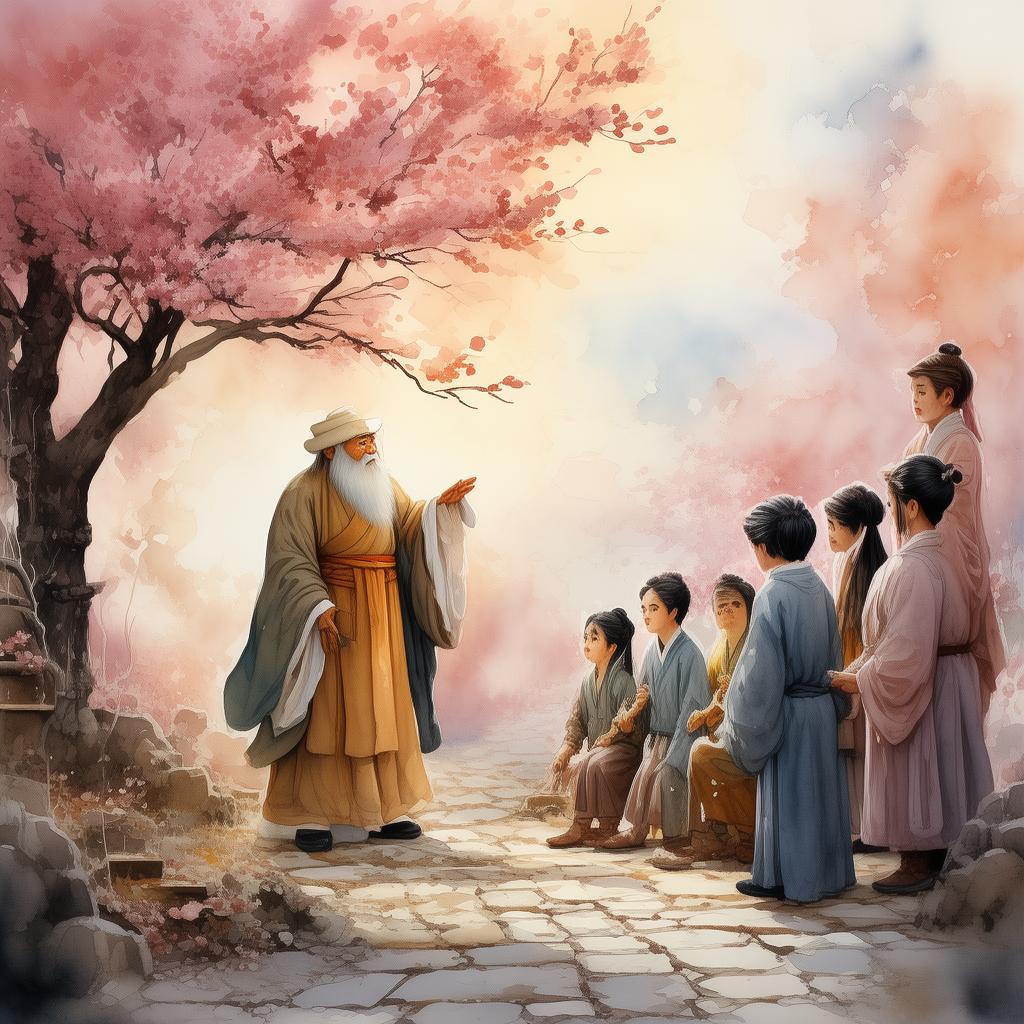
As the emperor returned to his palace, he was greeted with cheers and applause. Minister Wei, standing beside him, whispered, "Your Majesty, you have not only secured the wealth of the Silk Road but also the loyalty and respect of your people."
The emperor smiled, knowing that his journey had not only brought him wealth but also a deeper understanding of the world and his place within it. The Silk Road, once a place of deceit, had been transformed into a symbol of hope and unity.
And so, the emperor's new Silk Road became a testament to the power of wisdom and the importance of integrity in the face of temptation and deceit.
✨ Original Statement ✨
All articles published on this website (including but not limited to text, images, videos, and other content) are original or authorized for reposting and are protected by relevant laws. Without the explicit written permission of this website, no individual or organization may copy, modify, repost, or use the content for commercial purposes.
If you need to quote or cooperate, please contact this site for authorization. We reserve the right to pursue legal responsibility for any unauthorized use.
Hereby declared.

